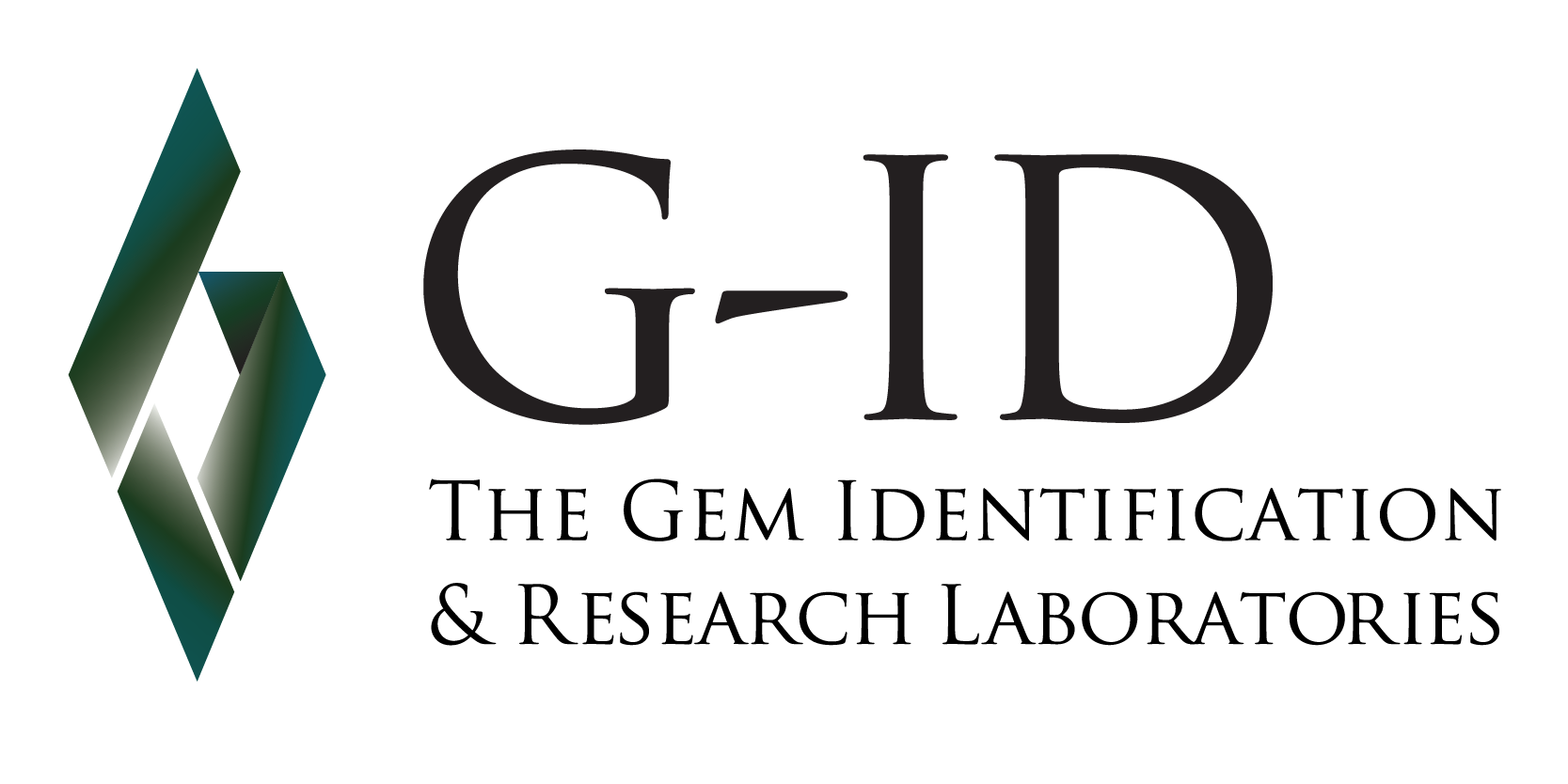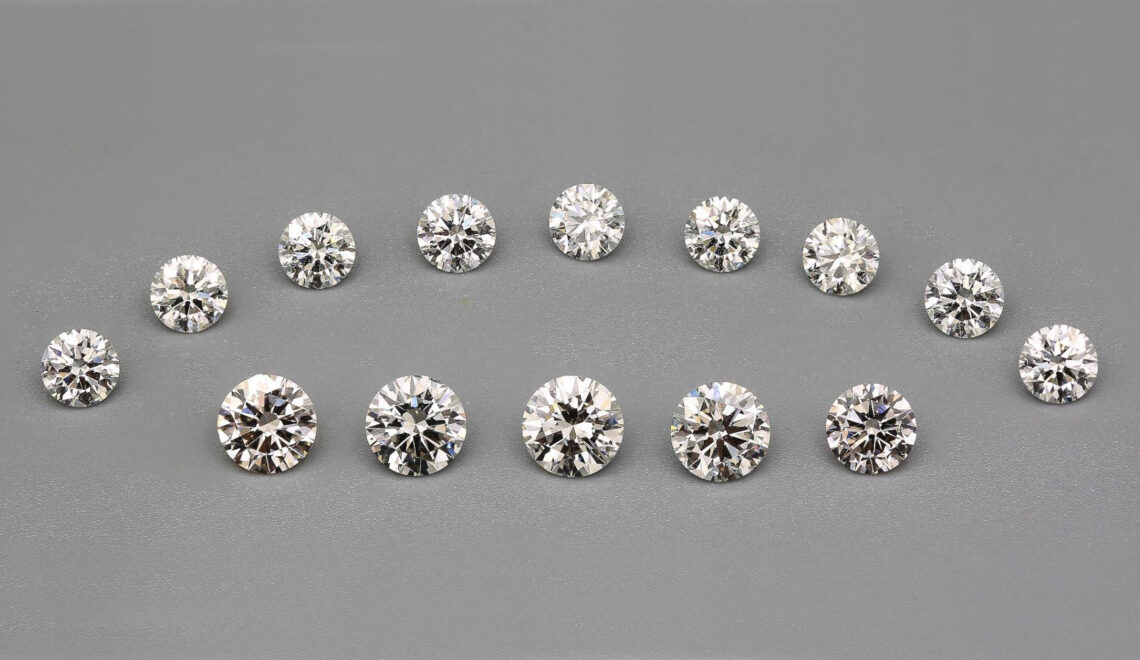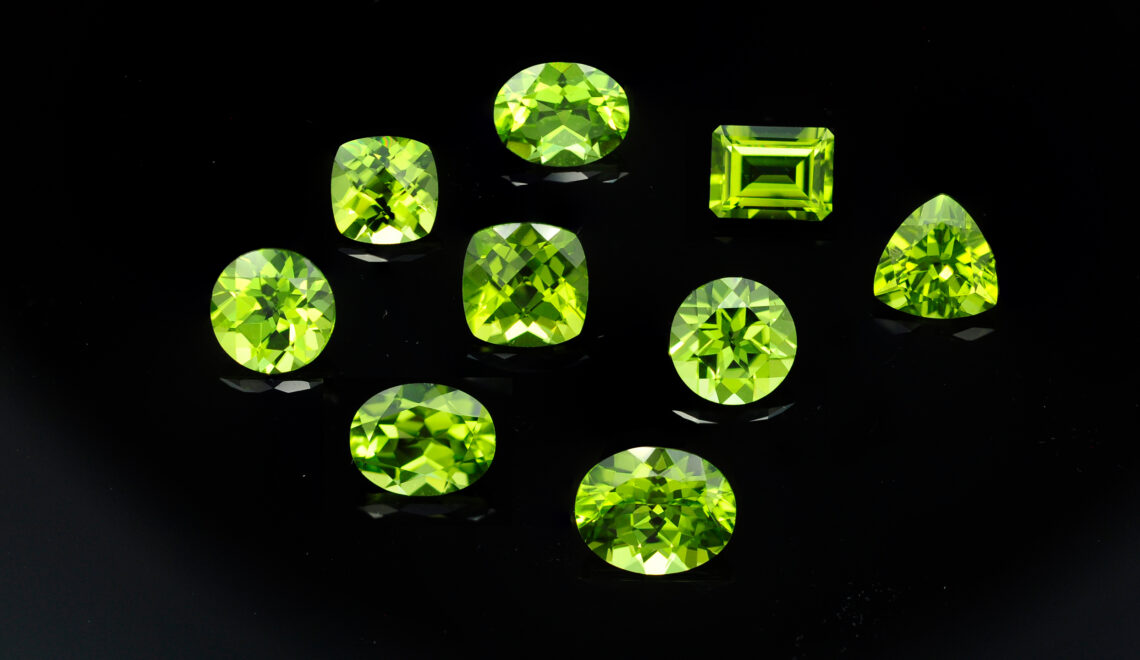Experimental Study on Heat Treatment of Semitranslucent-opaque Sapphire from Chanthaburi, Thailand
February 28, 2022
Research Article
Conference Paper
The 7th International Gem and Jewelry Conference (GIT2021), Chanthaburi, Thailand
Experimental Study on Heat Treatment of Semitranslucent-opaque Sapphire from Chanthaburi, Thailand
By Tasnara Sripoonjan, Bhuwadol Wanthanachaisaeng, Papawarin Ounorn, Nantharat Bunnag, Puksinee Kheawthuen and Chakkaphan Sutthira
2022, February 28

Figure1. The representative sample is split into three sections for heating experiments
Abstract
Chanthaburi, eastern Thailand, is one of the world-renowned gemstones producers. It is designated as a
“City of Gems” as most of the world’s gemstones pass through the city. Chanthaburi has long been known for
high-quality gemstones derived from basalt-related deposits (e.g., Bang Ka Cha, Khao Wua, Khao Ploi Waen),
especially natural yellow sapphire–Mekong Whisky color–which is unparallelly unique. The important studies
(e.g., Hughes, 2002; Emmett et al., 2003) previously found that an application of lattice-diffusion heat treatment
with beryllium could predominantly produce attractive colors, such as yellow, yellowish orange, in many types
of sapphire. This made unmarketable sapphires could be modified to a characteristic golden-yellow color and
used in fine jewelry (Figure 1). However, the supply of those raw materials has been substantially reduced and is
presently deficient. The semitranslucent-opaque sapphires (Figure 1) have been discovered to substitute the
original unmarketable ones, otherwise, they were often cut as a cabochon to exhibit dark color with asterism,
aka black star sapphires. The dark body color, as well as almost opaque transparency, is characterized by
high Fe-rich content and densely exsolved silks of hematite and/or in part other Fe-Ti oxides (Saminpanya, 2001;
Sripoonjan et al., 2013, 2014) resulting in poor diaphaneity of these sapphires. In recent years, the proliferation of
new treatments provided great potential for improving gemstone quality, the less valuable sapphire can
potentially turn into intense and stable yellow sapphire applying beryllium-assisting treatment (Be-heating).
This study aims to carry on an experiment of lower quality semitranslucent-opaque sapphires treatment and
to investigate the cause of changes in color and clarity.
Read more in full:
Please wait while flipbook is loading. For more related info, FAQs and issues please refer to DearFlip WordPress Flipbook Plugin Help documentation.
Affiliation:
1. G-ID Laboratories, Bangkok, 10120 Thailand
2. College of Creative Industry, Srinakarinwirot University, Bangkok, 10110 Thailand
3. The Gem and Jewelry Institute of Thailand (GIT), Bangkok, 10500 Thailand
4. Faculty of Gems, Burapha University, Chanthaburi, 22170 Thailand
2. College of Creative Industry, Srinakarinwirot University, Bangkok, 10110 Thailand
3. The Gem and Jewelry Institute of Thailand (GIT), Bangkok, 10500 Thailand
4. Faculty of Gems, Burapha University, Chanthaburi, 22170 Thailand








